Puerto Vallarta offers seemingly endless activities for tourists. You want to catch a drag show, zipline through the jungle, paraglide onto a beach full of tourists, or guzzle cheap booze on a fake pirate ship? Sure. But surprisingly few activities highlight a truly local culture that predates tourism. Visitors can hardly walk a block without being offered a blended margarita or a shot of flavored tequila, but where are all the raicilla bars?
While tourists flock to Oaxaca for mezcal, visitors to Vallarta might not even know that the region is home to raicilla. Part of the issue is that a lot of people don’t even know what raicilla is.
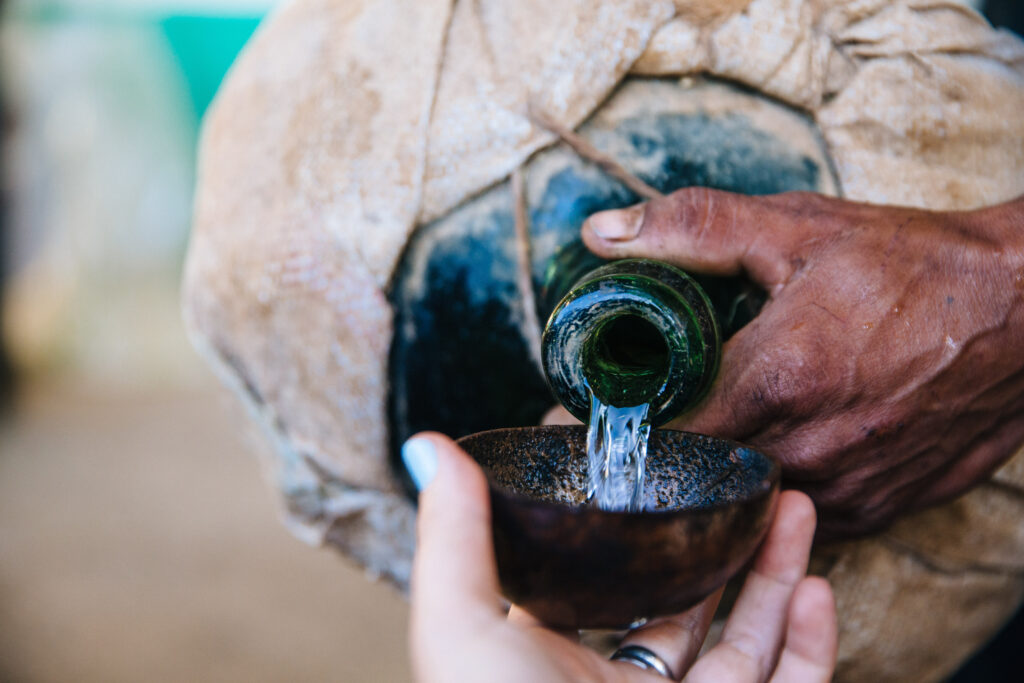
Arturo Dávila and Chef Fernando Sánchez are part of a community of residents who are trying to change that. Fernando was the impetus. As a Oaxacan, he found it strange that Vallarta didn’t celebrate the producers of its storied local mezcal. Seven years ago, he and Arturo co-founded founded Damajuana, an annual raicilla festival. Although the two friends no longer organize the festival, they’ve moved on to new ways to call attention to raicilla’s rich culture.
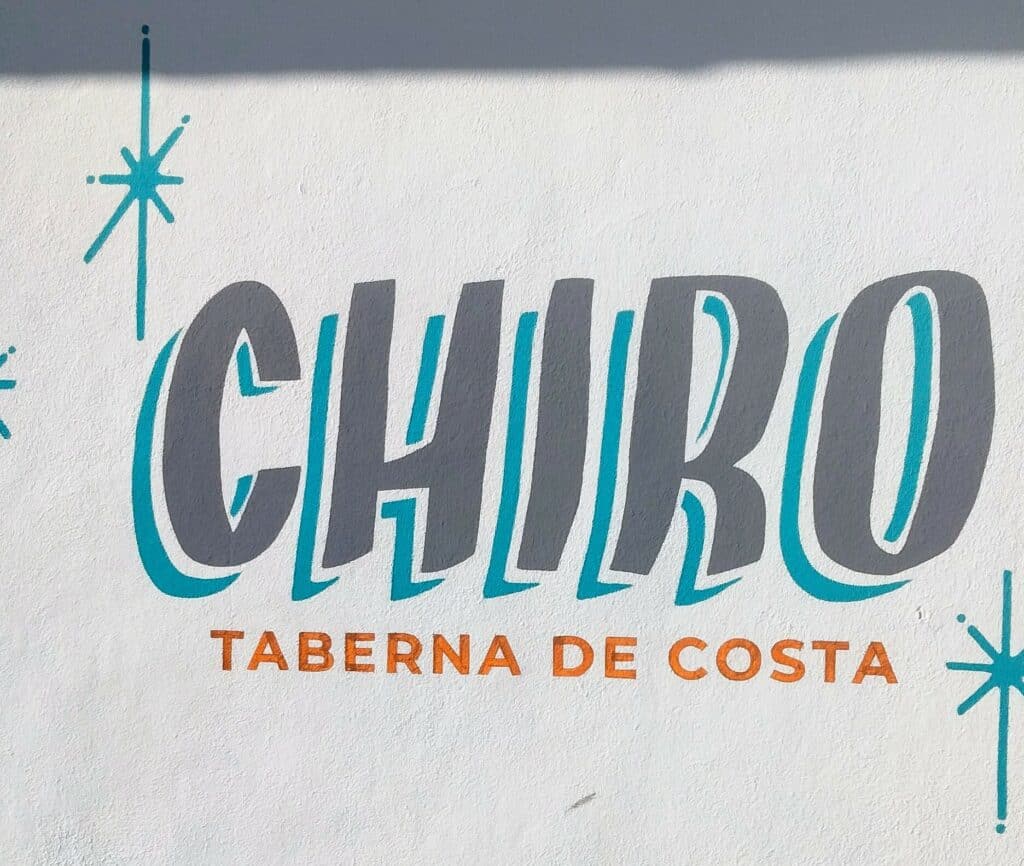
Chiro promises to be one of the best bars in Puerto Vallarta
My partner and I meet with Arturo at Chiro, a new bar he co-founded with Fernando as well as Jorge Morales and Jaime Nieto, who are the co-owners of his raicilla brand Attarraya. This afternoon, the small space is bustling with activity in preparation for the bar’s soft opening. Power drills are running and the cement floor is wet, but Jorge Morales is behind the bar and asks me if I’d like one large raicilla or three smaller shots so I can taste some different expressions of Atrarraya. I’d normally jump to try three expressions, but I say “one large” to save time.
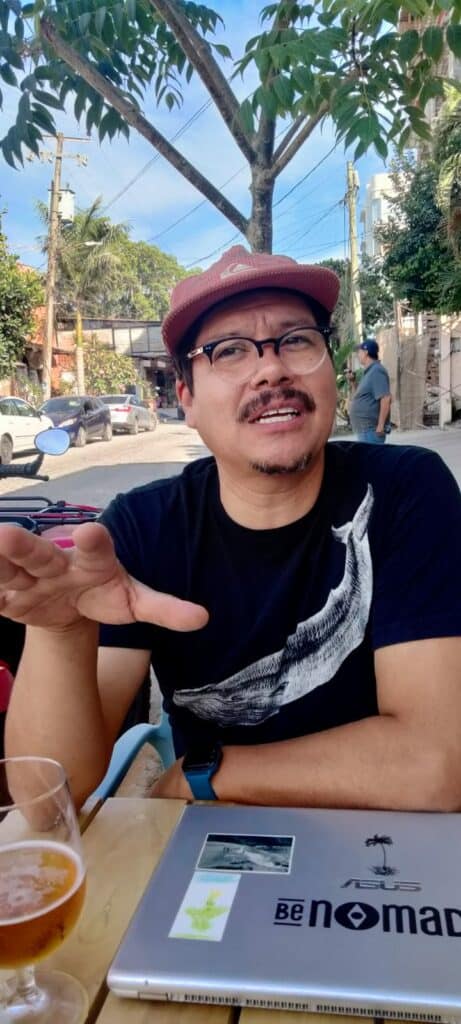
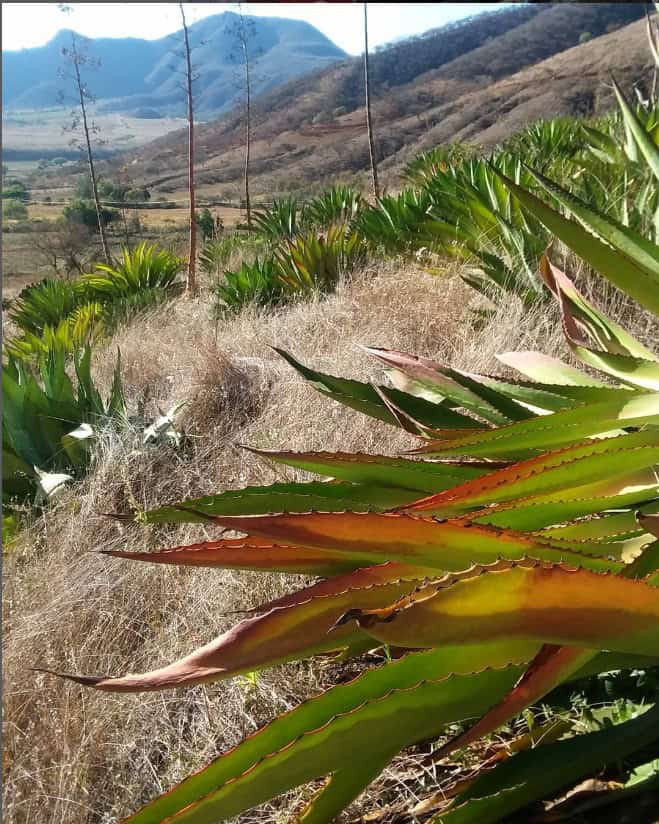
Jorge is an archeologist, and a busy man. In addition to Chiro and Attarraya, he has two other popular ventures, El Barracuda and El Solar, which serve seafood and local raicilla. El Solar is one of the best bars in Puerto Vallarta, and It’s obvious that Jorge’s enthusiasm for raicilla goes pretty deep. He gives me a vaguely disapproving look when I don’t jump at the chance to compare raicilla from different producers. I want to tell him I’m not a philistine, but fortunately Arturo intervenes and says, “You should really have three.” We acquiesce and move out to a sidewalk table for the interview, where we toast and sample the first expression, which was produced by Joel Rodríguez and has the floral, fruity, funky notes that make me love coastal raicilla.
As so often happens with the first sip of mezcal, the world seems to become slightly more vivid. Suddenly, instead of feeling stressed out about doing an interview, I notice the bold orange and blue of the Chiro logo painted on the exterior wall, and a flash of fuchsia bougainvillea creeping over a nearby gate…the smell of cement dust, the sounds of a Mexican neighborhood relaxing into early evening. I feel happy to be in Mexico.
Chiro is located in Versalles, and sits just across the street from Barrio Bistro, which was founded by Guillermo “Memo” Wulff, one of Puerto Vallarta’s most famous chefs. The Wulff family helped put Vallarta on the map: Memo’s jet-set grandfather told John Huston he should film Night of the Iguana in this neck of the jungle. Released in 1964, the film starred Ava Gardner and Richard Burton, who brought Elizabeth Taylor on location. At the time, the two stars were having a very public and dramatic extramarital affair. The attendant publicity and the film’s success sparked Vallarta’s dramatic transformation from fishing village to tourist hotspot.
In turn, Memo Wulff helped transform this Vallarta neighborhood when he opened Barrio Bistro and its companion raicilla bar La Lulu. At the time, Versalles was so far from downtown that it was something of a middle-class backwater. But Barrio was a magnet and now Versalles is one of the most notable colonias in Vallarta, has a large population of hipsters and expats, and an ever-growing selection of restaurants, bars, coffee shops, and yoga studios. As is often true with visionaries, Wulff may have been one step too far ahead of the trend. While Barrio Bistro remains popular, his raicilla bar didn’t survive.
Why aren’t there any raicilla bars in Puerto Vallarta?
The closure of La Lulu was on Arturo and his partners’ minds when they came up with the concept for their bar. He’s quick to note that Chiro is not a raicilla bar. Their driving goal in opening Chiro was to promote and sell their raicilla, but Arturo doesn’t think Vallarta is ready for another raicilla bar. He doesn’t want to scare people off.
“There are already two examples that this doesn’t work yet,” he notes. “If we call it a raicilla bar, they’ll think that we just serve raicilla—very strong stuff. But if we call it Taberna de Costa Chiro, it could be whatever.” Their concept is to highlight local raicilla and cuisine, but also serve cocktails, as well as beer that’s cheap enough to attract a mixed clientele and make the place fun—not just a posh tasting room for well-heeled hipsters and gringos.
How strong is raicilla and how is raicilla made?
Arturo is justified in thinking that raicilla is not for everyone. Although the mezcal has long been essential at rural festivals and rituals in this part of Jalisco, many urbanites dismiss the spirit as “hooch” or “moonshine.” Raicilla has a higher ABV than most tequila sold in Mexico and a distinctly funkier flavor profile. It can be a bit much if you’re used to drinking, say, Siete Leguas or even mezcal made from espadín.
That said, raicilla is worth a shot. Most coastal raicilla is made by small producers who use artisanal techniques and numerous types of agave to create diverse and interesting flavor profiles. The agave is roasted for several days in pit-ovens and typically beaten to shreds with wooden clubs.
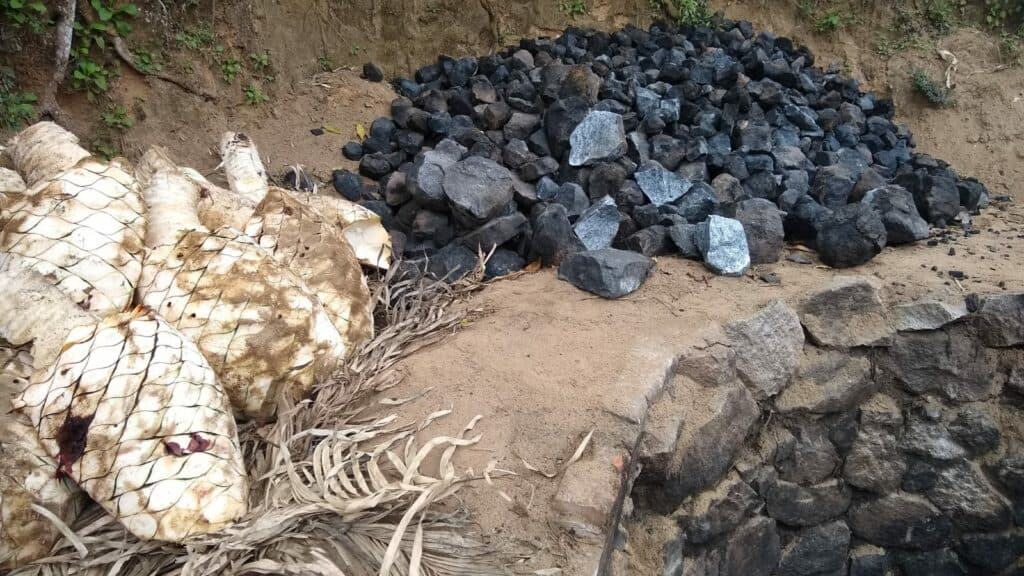
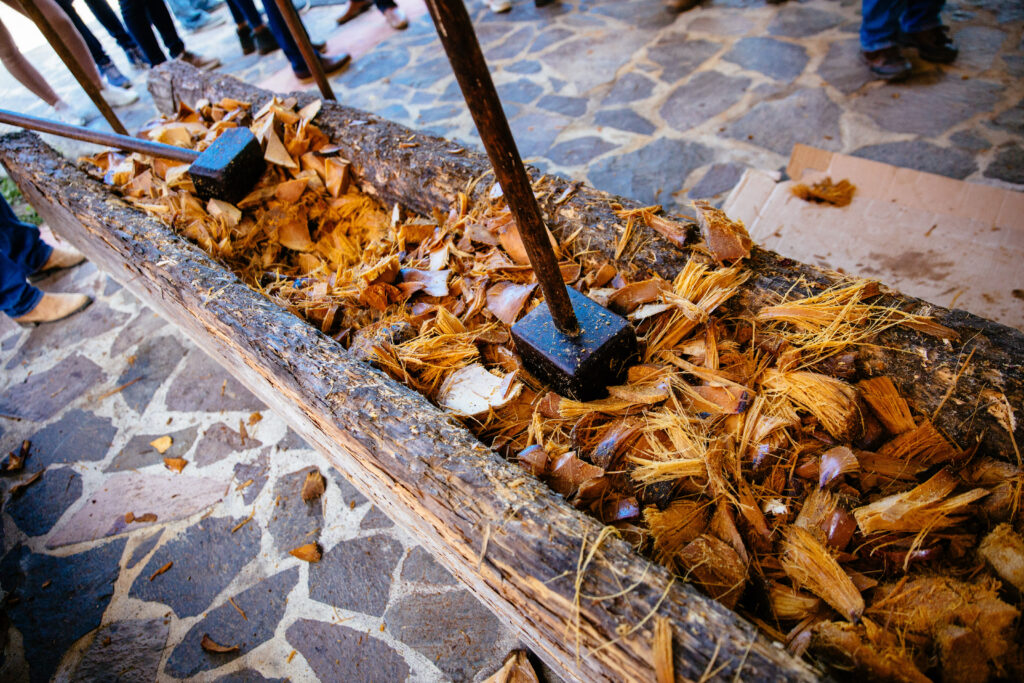
Arturo co-founded Damajuana to help these rural and often marginalized producers, but realized the raicilleros weren’t really profiting from the raicilla festival. He tried to help with sales by taking visitors out to the tabernas, but knew that selling a few bottles here and there wasn’t creating real economic development.
He and his friends conceived of Attarraya as a way to make raicilla appealing to more people by putting it in a fancy bottle and getting it to new and bigger audiences.
“It wasn’t about commerce, it was about trying to help them [the producers] sell their raicilla,” he says, taking a sip of beer. This could sound like bullshit coming from some entrepreneurs, but Arturo is a singularly sincere person whose affectionate kindness is palpable. Today he seems tired after a long day of work, but he’s still quick with a reassuring smile–he’s one of those people who always goes out of his way to make everyone feel comfortable.
Arturo is from La Huerta, a smallish town in southern Jalisco, but moved to Puerto Vallarta when he was eight. Although he’s lived in cities for most of his life, his rural roots run deep in raicilla country.
The two types of raicilla
Raicilla is produced in two distinct regions: to the east of Puerto Vallarta in the mountains surrounding the town of Mascota, and to the south in the coastal municipality of Cabo Corrientes. The raicilla de la sierra, or mountain raicilla, differs significantly from the raicilla de la costa in both terroir and production styles. Arturo’s relatives come from both places.
“There was always coastal raicilla in the house when I was growing up,” Arturo says. “My grandfather always had puntas. Always. They sent him puntas from the rancho. And sometimes my grandmother would bring raicilla down from Mascota.”
When it comes to raicilla, Arturo’s allegiance is to the coast.
Raicilla and the Manila connection
When I ask Arturo how he got so passionate about raicilla, his answer surprises me.
“I was originally interested in telling the story of Asia in this region. The contact between Asia and Jalisco was my primary interest, and I used raicilla as a pretext. It’s the product you can use to tell the story.”
It all started when he was studying architecture in Barcelona, and his neighbors were convinced he was Filipino.
“Every morning as I walked by, they’d yell, ‘Hey, Filipino!’” he says. “I told them, ‘I’m Mexican, güey’” He laughs. “But they refused to believe me.”
Later, when he was researching his thesis on the development of Mexico’s coastal resort towns, he realized there could be some truth to their observation. As he studied the history of the coast, he came across references to the “Manila galleons” and became obsessed with the Mexico/Asia interchange, which began in 1564, when a Spanish galleon set sail from the coast of Jalisco. A trade route evolved that ran from Nueva Galicia (part of what we now call Mexico) to the Philippines, and stopped back in Barra de Navidad and Acapulco on the way to Spain.
Although history only remembers the names of the Spanish captains, Indigenous Mexicans and Filipinos manned the ships. The interchange that subsequently developed between Mexico and the Philippines is fascinating, with far-reaching influence on both cultures.
Many Filipinos jumped ship to settle the coast of Mexico, where they cultivated their native coconut palms. They brought portable wooden stills for making coconut brandy, but as the technology spread, people began distilling anything with a high enough sugar content. Agave was an obvious choice to locals, who already relied on the plant for sustenance. Mezcal production spread up the coast of Mexico and into the mountains.
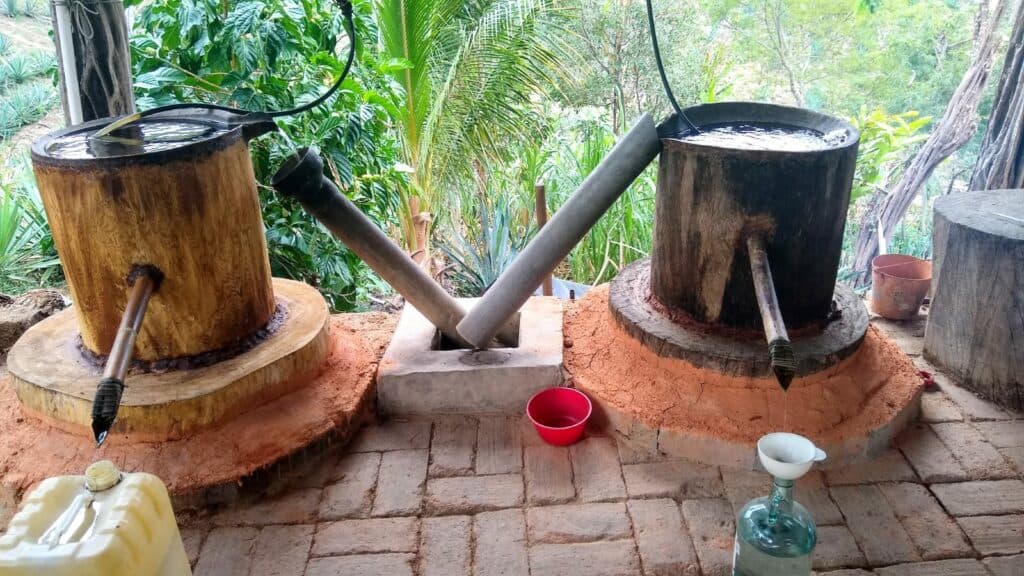
We celebrate this cultural fusion as Arturo brings us another small glass of raicilla, as delicious as the last but distinct.
“I’m interested in amplifying the story of Asia in Mexico. Attarraya and Chiro are a way to tell this story,” he says as we toast.
The name Chiro refers to the boats that smuggled raicilla from Cabo Corrientes to Puerto Vallarta, a major point of distribution. As Arturo has explained to me previously in greater detail, Attarraya aims to celebrate the best raicilla of the coastal region. The brand works with seven raicilla producers.
“I wanted people to be able to realize how many good different raicillas come from such a small region,” Arturo says. “This raicilla is all made in a 50 kilometer stretch by numerous producers and it’s all different. But it’s all well made. It’s beautiful for people to see this great diversity.”
After we part ways with Arturo, we wander down the street to La Bodega de Tony, which also seems to be operating on the principle that Versailles isn’t ready for a raicilla bar. Although Antonio Mora owns a raicilla brand, his bottle shop advertises wine, beer, and raicilla tastings and doubles as a restaurant.
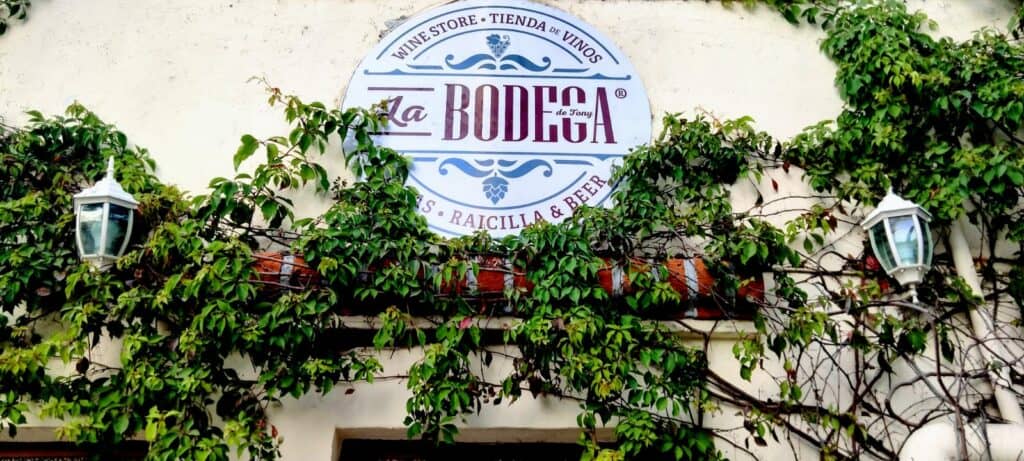
We sit at a sidewalk table for tapas, a flight of raicilla, and a cocktail. The raicilla mule is excellent—balanced and not too sweet, and the mint plays nice with the spirit. When it comes to the flight, I’m pleasantly surprised by both the pours and the prices. For 180 pesos (about 11 USD) we get three champagne flutes with hefty samples.
Inexplicably, the liquor is chilled, and I am suspicious that one of the expressions is advertised as “rosé raicilla” because it had been aged in a cabernet barrel. (Drinking raicilla chilled is unusual, and aged raicilla would be anathema to many an old-time producer.)
The “rosé raicilla” from house brand La Imperdonable is a pleasant surprise. The barrel aging is subtle, just enough to create a rounded flavor without overpowering the natural essence of the agave. La Imperdonable is made in the mountains, and thus a change of pace from the Attarraya we had just been drinking.
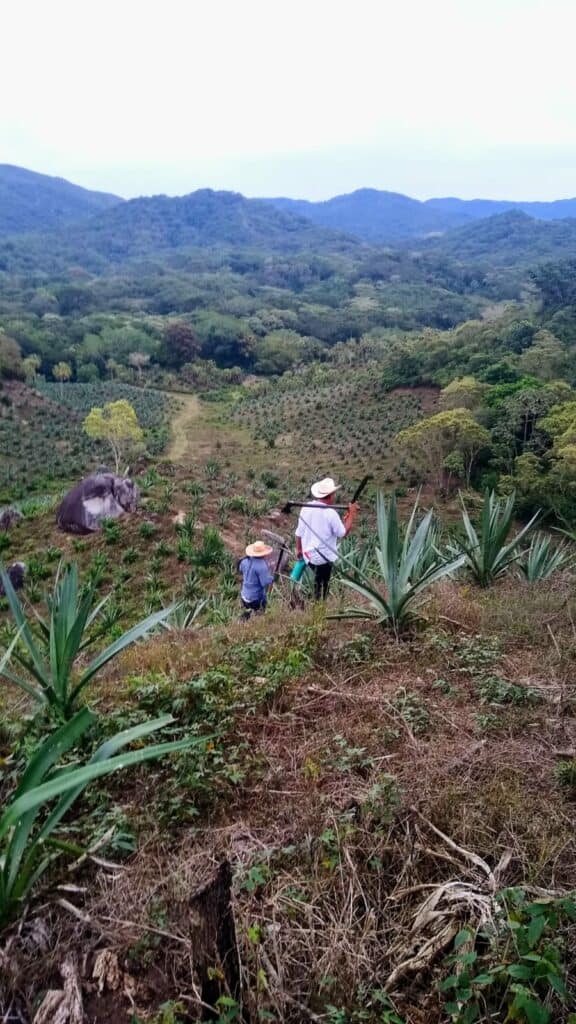
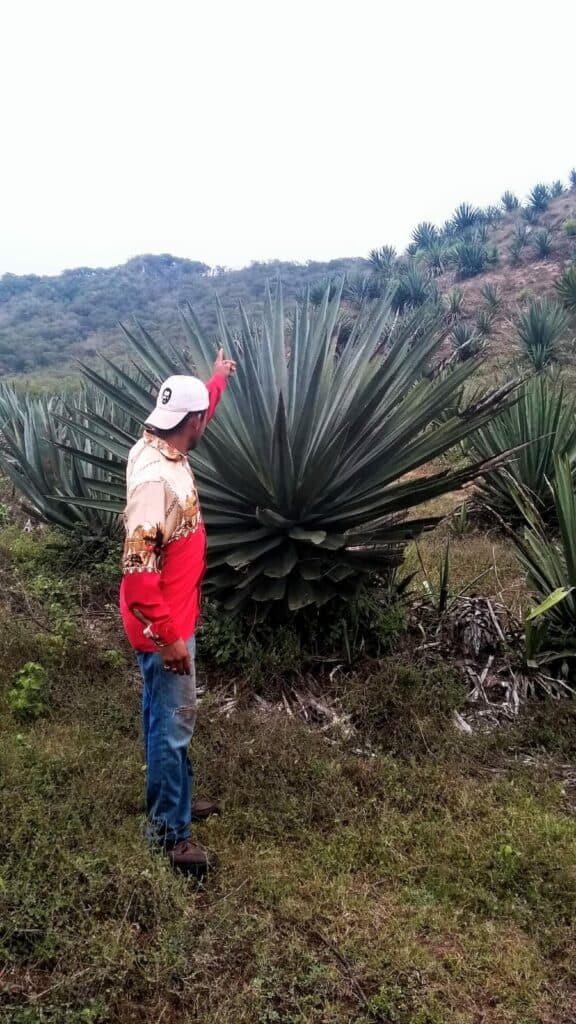
The third expression is from Hacienda el Divisadero, the work of raicilla pioneers the late Don Tino Carbajal and his son Jorge. Don Tino got his start in the restaurant business and Marisco’s Tino’s now has two locations, one in Vallarta and one farther south on Playa Las Animas. The popular seafood restaurants showcase Hacienda el Divisadero, which was one of the first raicilla brands to hit the market. The Carbajal distillery in Cabo Corrientes also produces Las Perlas de Jalisco, which is available in the US and a good addition to your bar.
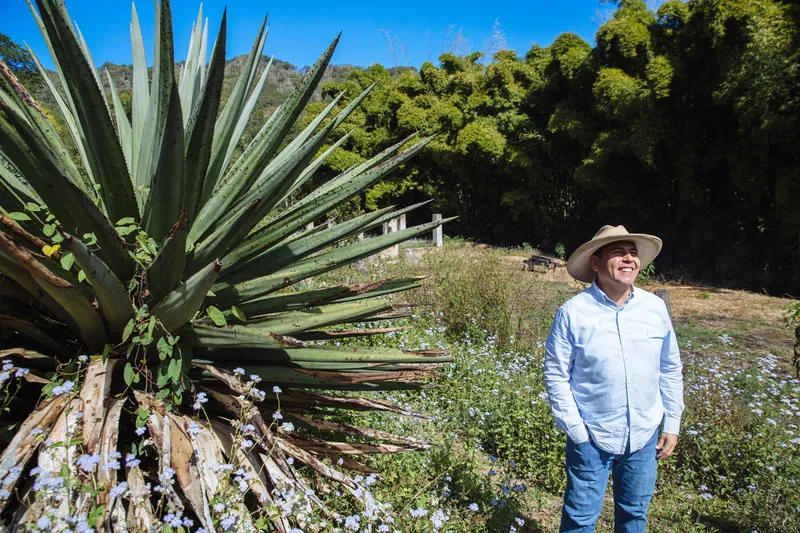
As appreciation for raicilla grows, so do the options. The mezcal bar El Tasting Room serves flights of raicilla, and you can find raicilla concoctions at a number of watering holes, including Elixir, which is inarguably the best cocktail bar in Puerto Vallarta. The queer-owned and run establishment has a low-key and welcoming ambiance. A gallon of Don Mateo, a great Michoacan mezcal, is prominently displayed on the back-bar like a signal to aficionados.
Elixir also houses a small tasting room, Savia Agave Niche, where Isis Gómez provides a fun yet educational experience. Isis learned her agave spirits expertise at La Cata, the first independent tasting room in the town of Tequila, which lamentably closed during the pandemic. While Isis retains her passion for tequila, she’s developed a keen appreciation for raicilla and always has an interesting selection of bottles.
Raicilla tourism and education extends beyond the bars. For those who wish to learn more about raicilla production and the history of the region, Arturo’s company Be Nomade offers a historical tour of Puerto Vallarta and an educational tour of Cabo Corrientes that begins with a boat ride from Boca de Tomatlán. The company also answers the question “What to pair with raicilla?” with educational dinners, wherein raicilla is thoughtfully paired with local delicacies prepared by Chef Fernando Sánchez.
The OPC (Oficina de Proyectos Culturales), a local nonprofit and gallery directed by Pilar Pérez, has been highlighting the history of raicilla by hosting regular tastings and panel discussions with producers, brand owners, bar owners, bartenders, and academics. A current exhibition, First there was raicilla: Art and culture of agave and its distillates, was curated by artist Rubén Ortiz Torres and showcases diverse art inspired by agave, as well as an exhibition of coastal raicilla traditions documented by photographer Ana Topoleanu. (The exhibit will be open till the end of summer 2024.)
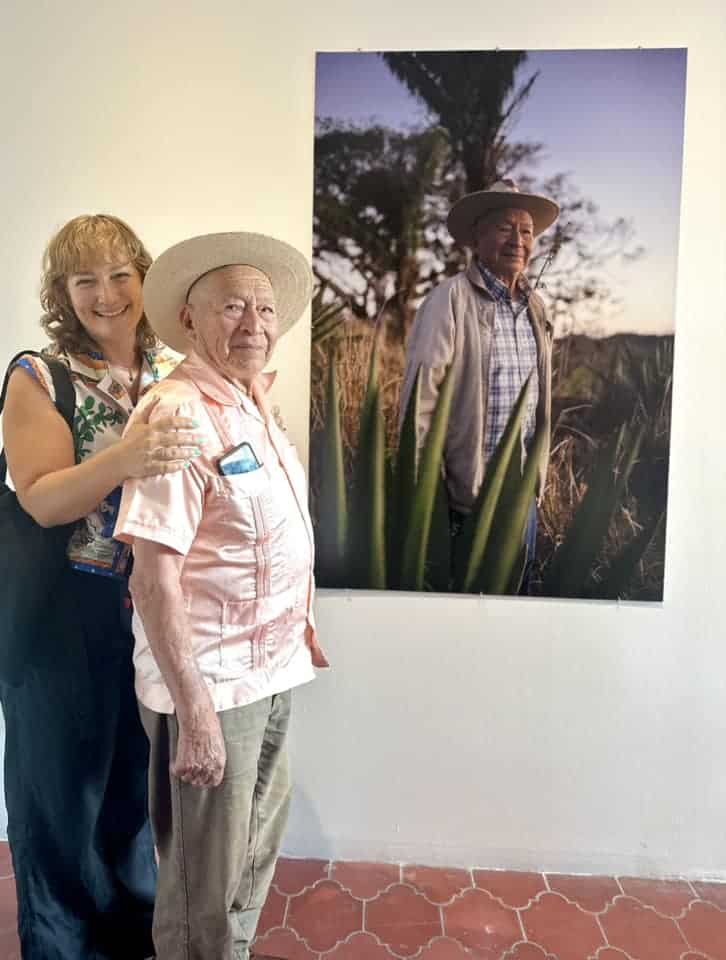
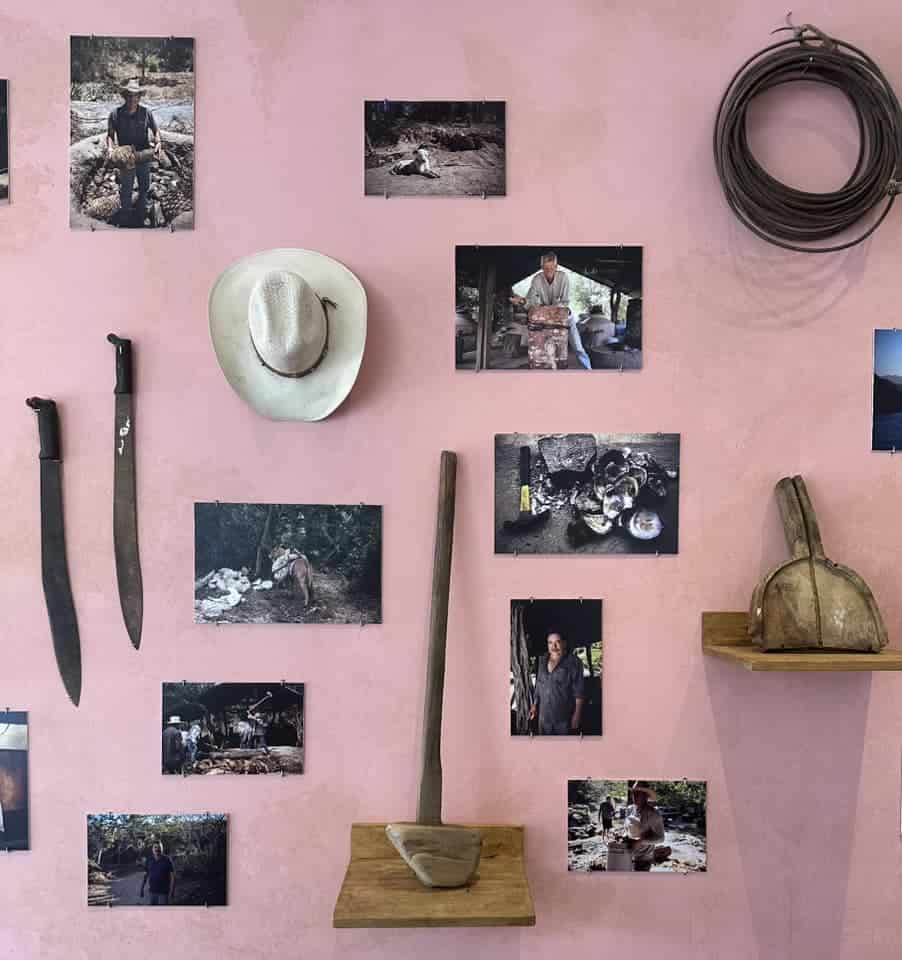
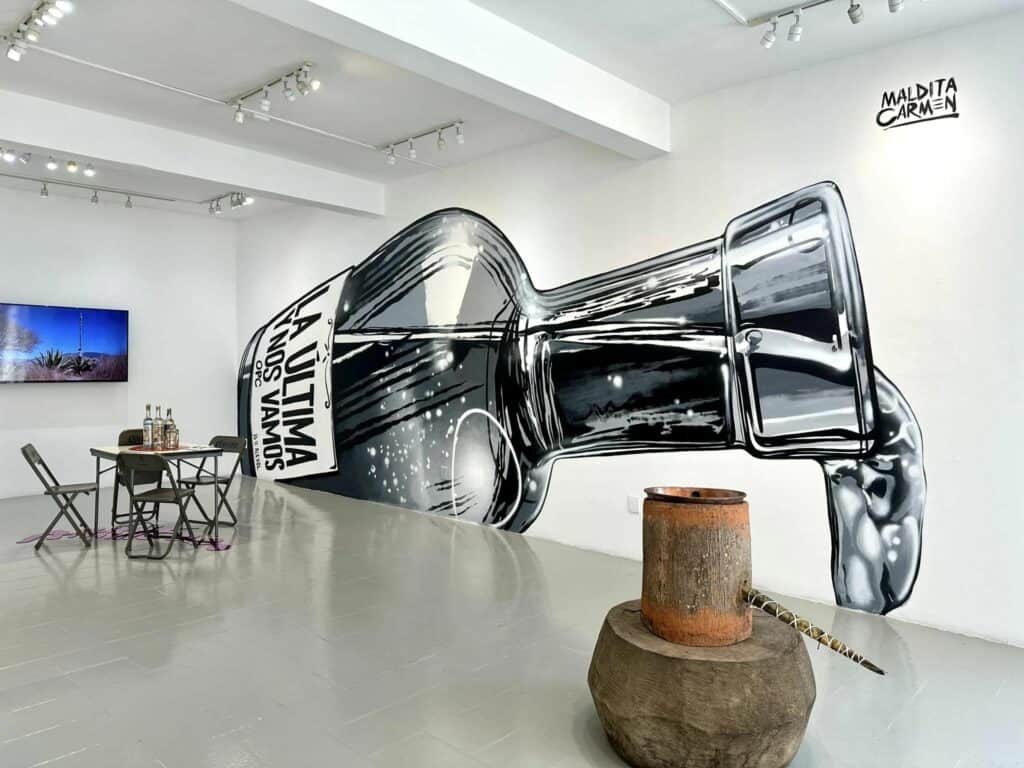
At the opening, maestros Don Adrián Rodríguez, Don Guadalupe García, and Don Hildegardo (Japo) Joya wandered through the exhibit, seeming slightly amused at the giant portraits of themselves yet also pleased by the rockstar treatment they no doubt deserve.
Once just a staple at rural Jalisco parties and ceremonies, raicilla is clearly gaining traction among the Mexican intelligentsia and agave spirits collectors in the US. But will it be the next big thing? While I doubt that raicilla will ever get as big as Oaxacan mezcal (and fervently hope that it does not), I do know a rule of thumb for discovering the next trend: Look to the nerds and the artists.
The people of Vallarta have shown themselves open to change and savvy when it comes to economic opportunities. Twenty-five years ago, Vallarta wasn’t one of the world’s biggest gay-friendly tourist destinations. This phenomenon was achieved through marketing, word of mouth, and locals who became willing to create a safe space. Since this significant cultural shift was possible, it seems likely that Arturo and other enthusiasts might have a chance of at least getting urbanites and tourists excited about drinking regional mezcal. Maybe someday visitors won’t just flock to Vallarta to get drunk on blended margaritas—they’ll flock to Vallarta to get drunk on raicilla. And maybe, just maybe, some will leave with a new appreciation for Jalisco’s rich rural traditions.

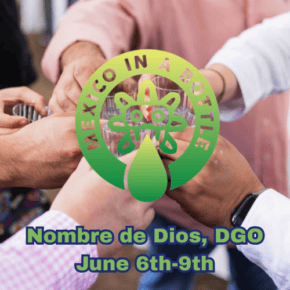

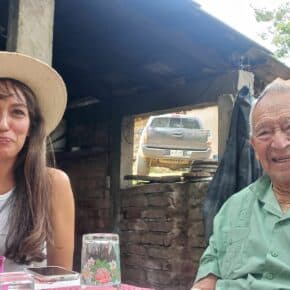









My experience with Raicilla was a bit different. I was in the “old” Puerto Vallarta in 1979, it was very different from today. Anyway, I had just arrived earlier in the day and was staying in a small hotel just up the street from where the ferry to Jalapa was docked. I was walking around and ran into 4 young local guys who were smoking a joint (puro, as they called it, not sure of the spelling) and they invited me to join them. After some conversation, they asked me if I had ever had raicilla. I had not but was curious. They told me that it was a local product distilled from cactus (I don’t think they knew what it came from) and that it was very strong and could have effects similar to a hallucinogen. They told me that you couldn’t get it in a bar or store but they knew a place in a village on the coast south of Vallarta and asked if I would drive them there. I agreed and away we went heading south on the coast road. We eventually turned onto a dirt road which brought us to a small village. As we arrived at the village square they told me to stop at a barber shop, one of them got out and went into the shop and I was told to just drive slowly out of the village and then turn around and come by the barber shop where the guy was waiting for us holding several bottles wrapped in newspaper. He got in and handed each of us a bottle. By the time we got back to old town Vallarta, I had consumed about a quarter of the bottle and the effect was unlike any alcoholic drink I had ever experienced. It was most definitely hallucinogenic but not as strong as others I had experienced, such as Peyote with the Huicholes (another story). So I am curious to know if the formula for raicilla has changed since there is no mention of any hallucinogenic effect in your article. Cheers!